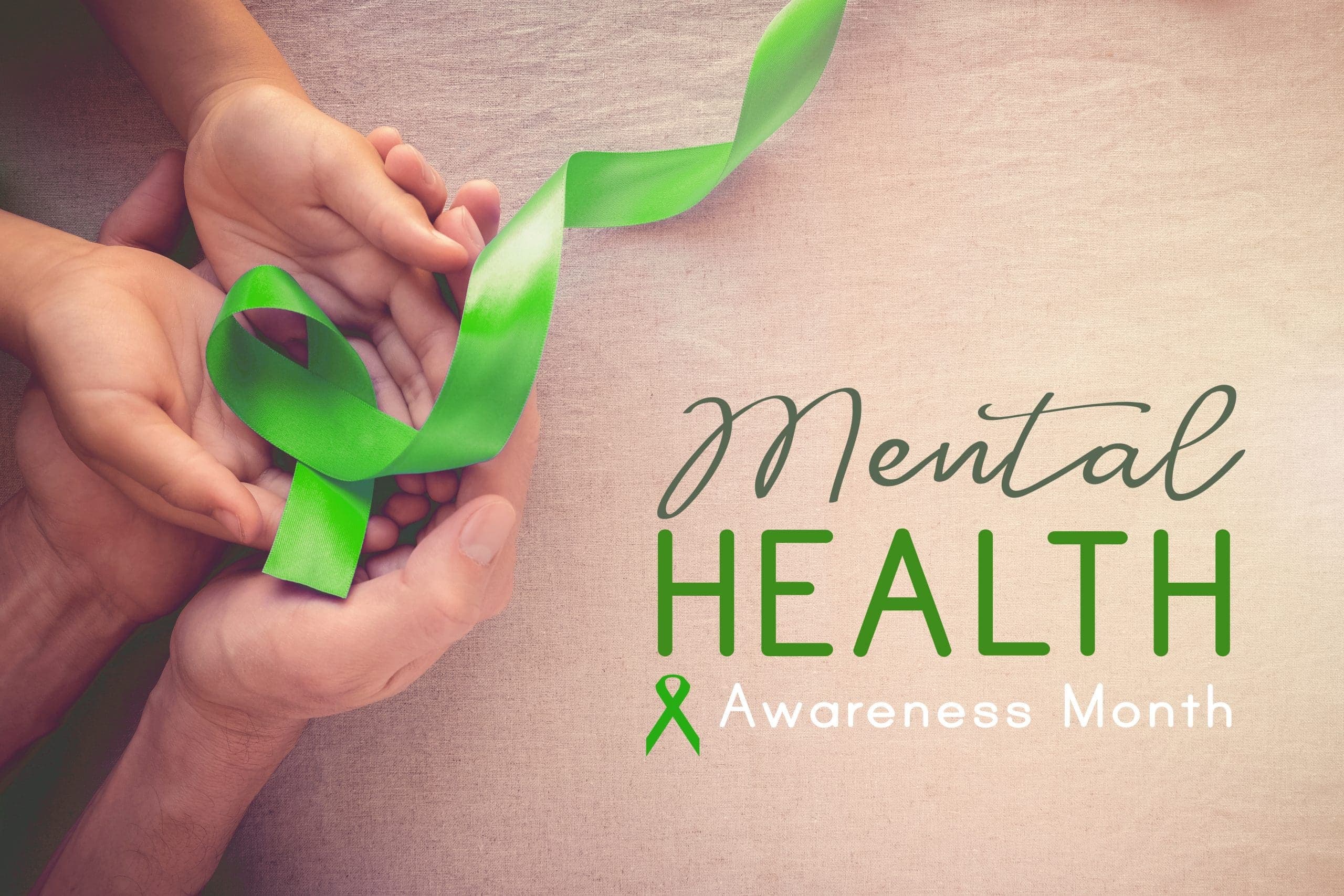
Share
We imagined doing a lot of things from 2020 to 2021. Traveling here, there, and everywhere, having backyard bonfires, signing up for that yin yoga class on ClassPass, having rooftop nights with friends, becoming a dance sensation, and being the person in the front row at a concert screaming lyrics to your heart’s content. But going through a pandemic? Probably the last thing we expected.
One year and some change later, COVID-19 still has the world on pause and continues to disrupt not only our sense of normalcy but our safety and well-being, too. This colossal worldwide interference has had huge impacts on our physical, emotional, and mental health as our worlds are turned upside down.
A KFF poll from July 2020 revealed that 53 percent of U.S. adults reported that the pandemic was negatively impacting their health. Supporting this, a report from the U.S. Census Bureau and CDC found that the number of folks who experienced recent symptoms of anxiety and depression has increased from 36 percent to 41 percent between August 2020 and February 2021. That same report shows that 11 percent of those folks felt they needed, but weren’t receiving mental health therapy. What does this all mean? That the rise in anxiety and depression people experienced in 2020 carries on.
In this first week of Mental Health Awareness Month, I can think of no better time to bring our attention to mental health. Taking care of our mental well-being is more important than ever, but with many of the things that fed our self-care off-limits still, it’s hard to know where to start. That’s why I put together some actionable ideas for how we can all move the needle of mental health awareness. Let’s dive in!
1. Be aware of your own mental wellness
Acknowledging how you’re doing is paramount on this list of how to raise mental health awareness. Before the pandemic, we had dinners with friends, concerts, sporting events, yoga, pilates, boxing, and so much more to bring us balance. Now that we’re a year into it and without a lot of the things that once brought us a sense of self-care, we’re all being made increasingly aware of our mental health. In our isolation, loneliness, anxiety, and depression have seen a rise and we are being forced to face it.
With everything being brought to light over the last year, it’s a good time to become more self-aware. Self-awareness is key to taking care of your mental health and well-being. Becoming aware isn’t exactly a well-paved path with bright directional signs, so let’s start with this: Self-awareness is a way of stepping back and observing your thoughts and feelings as they emerge. It can be as simple as noticing the emotions that you feel around certain people or when something happens. Self-awareness is all about shining a light internally on things that usually go unnoticed, get buried, or pushed aside. Being cognizant of these parts of yourself is one of the best things you can do to move towards change for the better.
Start by picking up a journal and taking inventory of your feelings as they come up. Talk to people you trust or if you’re comfortable with the idea of it, a therapist. Do at least one small thing for yourself and your mental wellness every day, whether it’s meditating, making your environment more joyful, journaling, being in nature, or getting active for 30 minutes.
2. Amplify the benefits of therapy
For a while now, the idea of seeking mental health therapy has been heavily stigmatized. The second the words, ‘I go to therapy,” were uttered, a sequence of negative connotations came to mind from anyone who was listening. Therapy has historically been seen as something that should only be sought by those who were chronically mentally ill, but things are different now. With the stress and isolation of the pandemic still affecting so many, more and more people are beginning to see the value of therapy. About time, right? As therapy and the conversation around it become more normalized, the more we see and will continue to see people getting support for their anxiety, depression, and other well-being concerns.
People are getting less shy about it too. Seeing therapy being increasingly talked about on social media, blogs, or YouTube has been monumental because it tells me that amplifying the benefits of therapy can be as uncomplicated as sharing your own experience with it on whatever platform you choose.
3. Get involved with therapy-based non-profit organizations
Stigma was a big reason that people haven’t sought therapy in the past, but cost is up there with it. Depending on where you live, therapy session costs can be in the hundreds of dollars. This is why non-profit organizations that offer financial support, education, and resources are so important. If you have the means to, think about volunteering your time with or even donating to these organizations. Here are a few of my favorites that I think are doing some incredible things:
- The Loveland Foundation: Helps connect communities of color to resources and therapy service
- NAMI: Works across communities to provide education, raise awareness, and offer support
- The Asian Mental Health Collective: Provides a directory of therapists specializing in serving Asian American communities and focuses on de-stigmatizing mental health those communities
- The Trevor Project: Dedicated to suicide prevention, crisis counseling, and intervention, and supporting the mental health of LGBTQ youth
4. Redefine what mental wellness looks like
Therapy is no doubt one of the most impactful and well-recommended resources we have for caring for our mental health, but it’s farfetched to say it’s the only one we can turn to. That’s just not true. Mindfulness and keys to mental wellness are more accessible than you may think. So many wellness practices exist that we can tap into when we want to bolster our well-being. We can do guided or unguided meditations, write, join peer-to-peer support groups, dance, play sports, paint, be in nature, or simply take a few intentional deep breaths. Mental wellness can look however you want it to. It doesn’t have to look anything like what the mainstream wellness industry suggests. Make it what you want.
——————————
By collectively engaging in one—among countless others–of any of these things, raising awareness for mental health won’t be nearly as daunting as it may have once seemed. We can make progress together by ensuring wellness practices can be seen in a more accessible light through sharing our experiences, spreading awareness of resources, and so much more. Now is the time to make sure the conversation around mental health stays active and that everyone has a seat at that table.
There’s so much to say about this, but in essence, I hope that this was helpful to you as you potentially navigate your own journey with mental health. You’ve got this!




